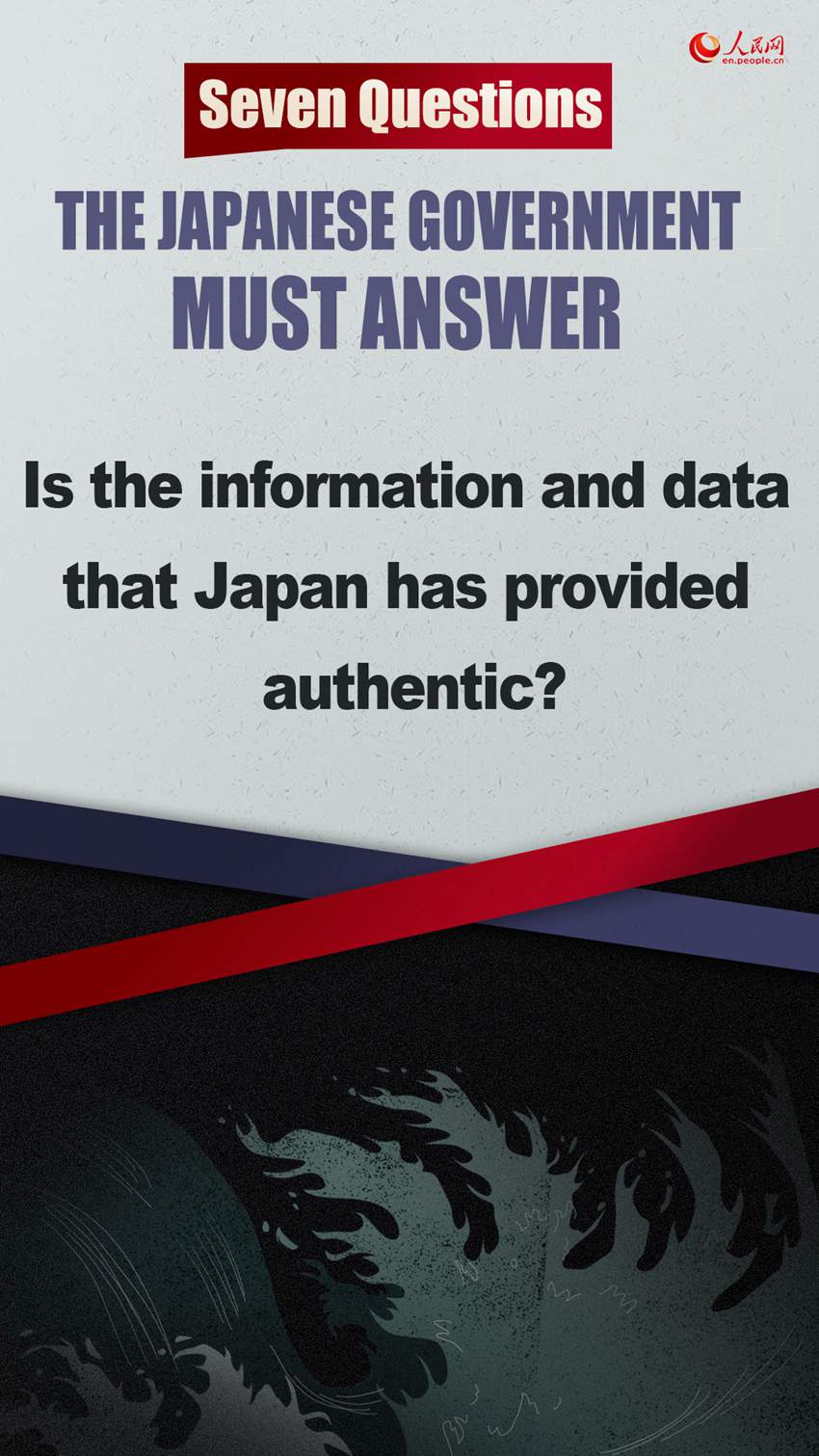Seven questions the Japanese government must answer on its decision to discharge nuclear wastewater into sea (3)
Is the information and data that Japan has provided authentic?
Japan’s assertion that the wastewater is “harmless” is utterly baseless in view of the facts. The contaminated water from the Fukushima nuclear plant needs to be purified using an Advanced Liquid Processing System (ALPS), a system for multi-nuclide removal, but whether the treated water is in fact up to standards still needs to be verified.
Moreover, the nuclear plant operator – Tokyo Electric Power Company (TEPCO) – who is liable for the Fukushima nuclear accident, has demonstrated a poor record for the safe operation of nuclear power plants. In the past, it was found to be at fault for concealing and tampering with information on several occasions. According to publicly available reports, TEPCO admitted in 2007 that it had falsified data to cover up reactor failures during government inspections on 199 occasions since 1977. It was also slow in dealing with the aftermath of the Fukushima nuclear accident, having cited various issues. With its poor track record, and a lack of any substantive participation from third parties, as well as the absence of assessments and oversight from international agencies and other major actors, a big question mark remains on the reliability of Japan’s data.
 |  |
Photos
Related Stories
- China backs ROK's call for int'l organizations to cooperate on Fukushima issue
- 6.1-magnitude quake strikes off Japan's Hokkaido Prefecture, no tsunami warning issued
- Japan expedites vaccine campaign for seniors amid criticism over sluggish rollout
- Japan extends state of emergency in six places to May 31 over COVID-19
- Japan gov't set to extend, expand virus state of emergency
Copyright © 2021 People's Daily Online. All Rights Reserved.











